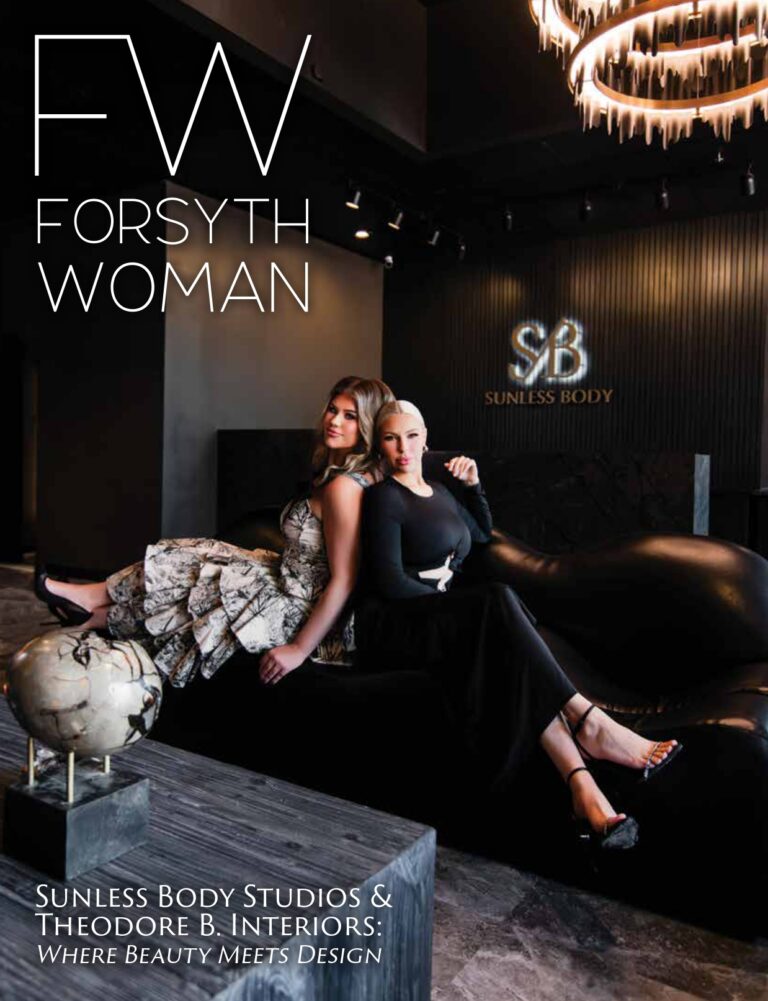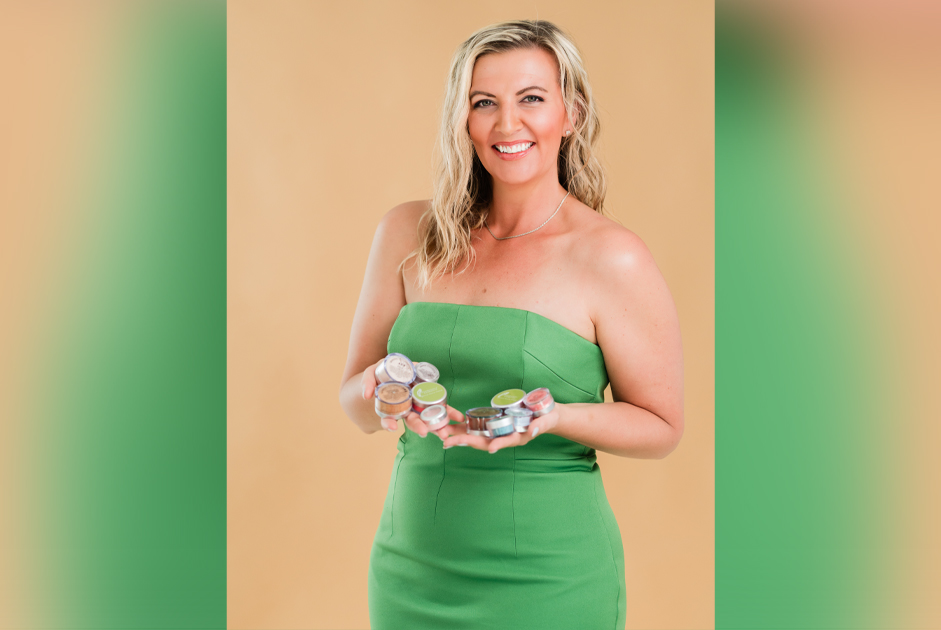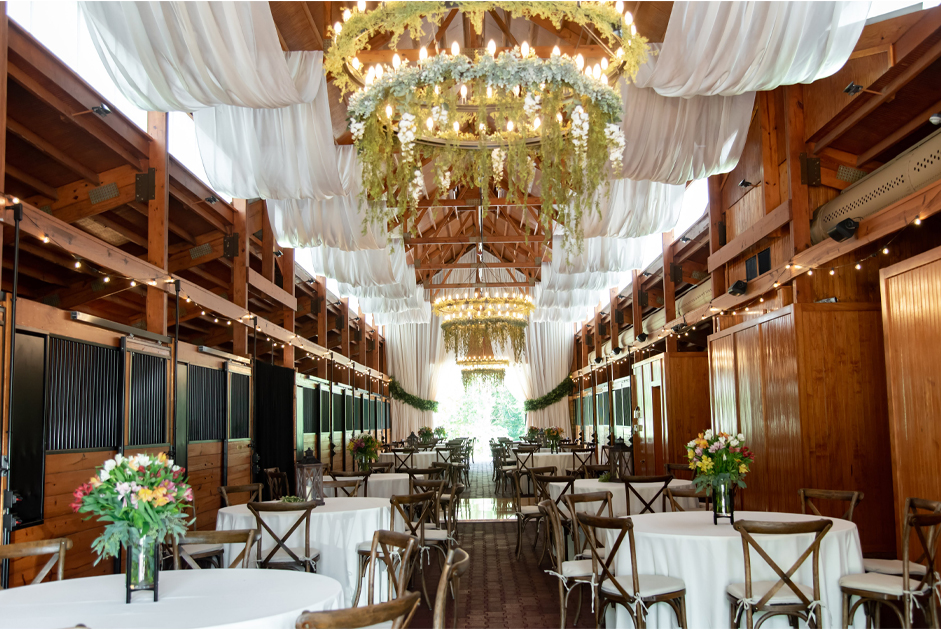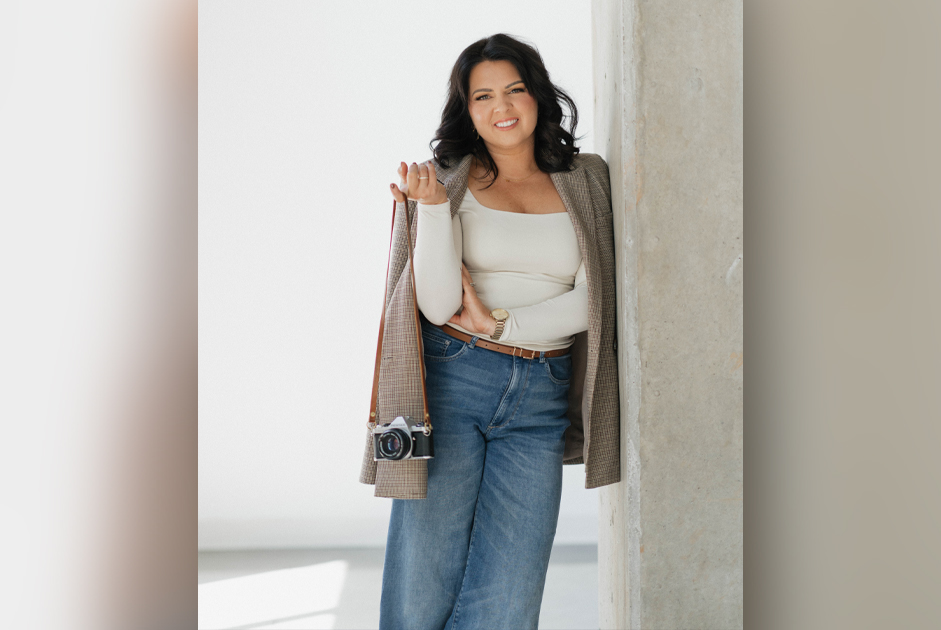BY ADELE CASANOVA
Shop, shop, shop. Shop till you drop! We all love to shop! Whew, shopping is a huge part of our lives in this consumer-driven economy. But how do we shop and how do retailers approach and influence us as consumers? The study of the psychology of shopping is ongoing and ever-changing in our fast-paced world. But we can educate ourselves to retailers’ influencing techniques.
First, retailers understand basic concepts that influence buying decisions, concepts that are important to all consumers at some level. Things like price and ability to pay, guarantees and return policies, ease of the shopping experience, sales and offers, and brand recognition/consumer reviews. Retailers use product placement, free gifts, discounts for buying more that one of an item, and “loss leaders” (popular items priced very low to lure consumers into the store, hoping they will purchase more items while there).
Although we like to think of ourselves as smart, careful shoppers who use research and logic when making buying decisions, the truth is most purchases are driven by emotion, and emotions are greatly affected by our senses: sight, smell, hearing, and touch. Retailers and brand recognition experts know this and here are some ways in which they use this knowledge to influence us.
Color – The majority of information we remember is visually attained and emotionally influenced by color. Yellows, reds, and oranges make us feel a sense of urgency and high level of energy. Think of all the red you see associated with Target and McDonalds. Often signage for sales and limited availability items will be printed in orange and red on a white background. This is to give the shopper a sense of urgency to buy. Blues and greens give us a sense of trust, calmness, and security. Many leading banks use green or blue in their logos to establish a sense of security, stability, and trust. Think Chase, Bank of America and Citi. Pinks and purples connote romance, femininity, and calmness. These colors are often used in promoting lingerie or anti-aging cosmetics. Top brand examples are Victoria’s Secret (pink) and Botox (purple). Black is associated with luxury and power. Luxury car brands Alpha Romeo and BMW have black logos combined with blue or green to add security and trust. Mercedes Benz, once the epitome of luxury in cars, uses only black in their logo.
Smell – Particular smells conjure up specific emotions. Believe it or not, large retailers strategically pump smells into different departments to influence shoppers. The smell of baby powder in the infant section, or lavender in the lingerie department. Think about when you enter a coffee shop or bakery how the overwhelming scent of the food products heightens your sense of anticipation.
Sounds – Retailers use music to affect certain emotional responses in consumers. Slow, relaxing music causes shoppers to slow down and linger, giving them more time to buy extra items or to impulse buy. Soothing music is often used in intimate sales environments where one on one salespeople need opportunity to engage the consumer and build trust. Classical music can influence consumers to buy the more expensive options in a store, such as wine or luxury garments. Popular rock or pop music that most people identify with can create a friendly, familiar environment that induces happiness and a sense of inclusion.
Touch – Retailers want the consumer to feel a sense of ownership of a product even before purchasing. Touch is a powerful way to create that sense of ownership. Encouraging you to try on garments, pick them up from a display to examine and feel them, or even taking a sample of a food product. We, as consumers, begin to feel attached to a product when touching, handling, or tasting it. In the example of an offered free taste of a food product, some consumers unconsciously develop a sense of obligation to return the favor by making a purchase.
This information is just the beginning of understanding the psychology of shopping but can open our eyes to the power of influences being used to shape our shopping habits. Here are a few tips to maintain smart shopping habits. Don’t’ shop when feeling strong emotions such as anger, fear, or unhappiness. Skip sales or ignore sale items that you don’t really need but are tempted to purchase because “It’s too good a deal to pass up.” Shop with a list. Buy quality over quantity. Avoid making shopping a social event with friends and family with no time limit or specific purpose. Shopping is necessary and can be fun, but purchasing items carefully can mean less regret, better budgeting, and responsible consumerism.


















